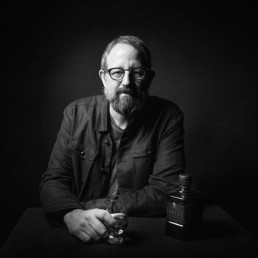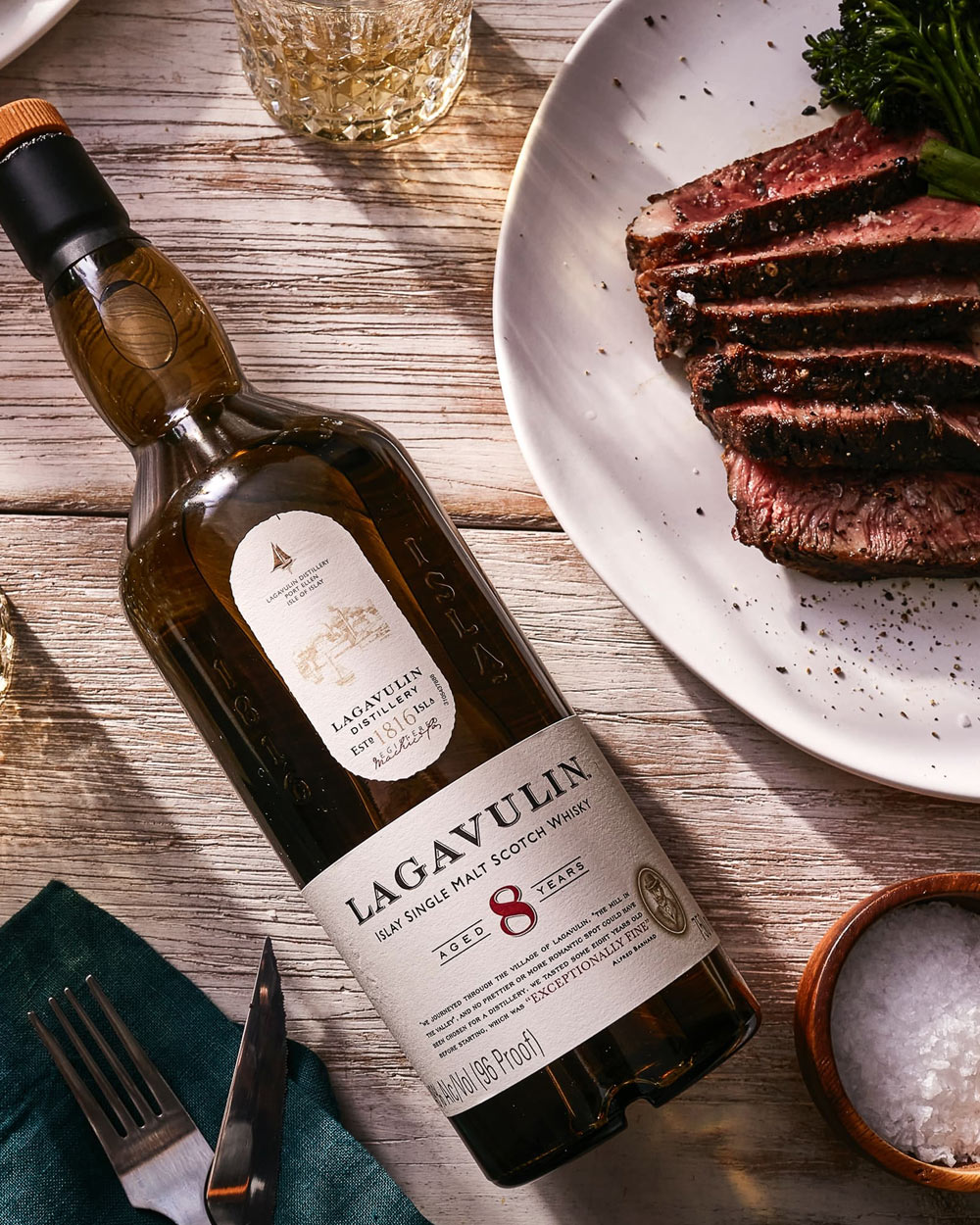Michael Myers was having a perfect day when we caught up one early spring morning in Colorado Springs. It was the day the entrepreneur began cooking mash in a brand new 12,000 square foot distillery, marking his whiskey distillery’s third expansion in 10 years. To make a great day better, Myer’s 291 E Colorado Whiskey (Batch #7, Wheat mash) just bested the category at the World Whiskies Awards. But finding his way here required a massive reinvention of self, one that transformed this former jet-setting photographer’s life.
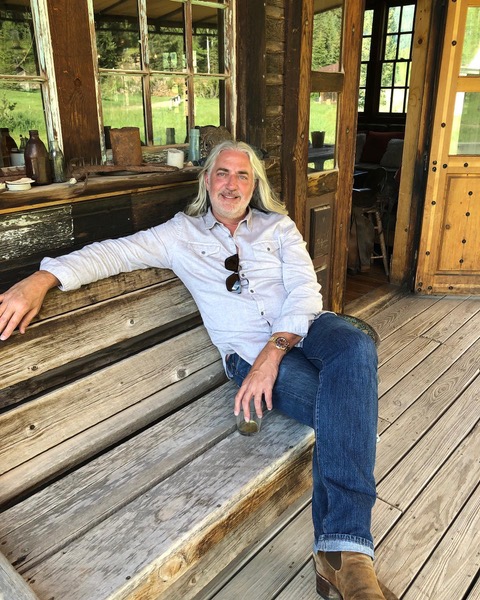
Michael Myers was fifteen years old when his Mom bought him his first camera. The teen’s earliest portraits were mainly of the cows and horses who lived on the 70 acre Georgia farm on which he was raised on. After high school, Myers studied photography at Savannah College of Art and Design (SCAD), dorm room 291. Myers’ number was prophetic since legendary photographer Alfred Stieglitz created the first known fine-art photo gallery, named Gallery 291, in 1907. Upon graduation, Myers moved to Los Angeles, living with his Mom and stepdad for five years, where he built a network of clients and honed his photography style. He caught a break when he picked up an assignment to shoot a young actress named Angelina Jolie, which parlayed into gigs snapping Jada Pinkett (Smith) and the Olsen twins. Coveted commercial fashion and beauty assignments soon followed. Myers was on his way.
During this time, Myers met his future wife, Erin, whose fashion career required the couple to relocate to New York City, a hot market for photographers. Michael and Erin moved in 1993 and married during a blizzard on top of the Empire State Building. Eight years later, Myers and his family (they had two boys) lived in Tribeca on Warren Street and the West Side Highway in a 25th floor, south facing apartment.
The Myers were walking their son to school on that picture-perfect day, September 11, 2001, when the first plane careened into Tower One. He watched the carnage from the corner of Greenwich & Duane.
“It was a crazy, fucked up day,” Myers remembers as he rehashed the moment. “Our view pointed right at the Towers, and at that moment, we knew life would never be the same.”
Myers and his family headed to Colorado Springs near Erin’s parents’ with nowhere else to turn. For close to a decade, Myers bounced between New York and Colorado, but eventually, the pace became unsustainable. Something needed to change.
In 2010, while flying back from a photoshoot for Vanity Fair, Michael came across an article in the New York Times about entrepreneur Steven Grasse, an inventor of Hendrix Gin and Sailor Jerry Spiced Rum. What piqued Myers’ interest about Grasse’s story was he came from a marketing background, not distilling. Myers was also aware of the trending craft spirits scene popping up all over Colorado. A lightbulb went off. He would make whiskey. Myers contacted his friend, Mike Bristol, founder of Bristol Brewing Company in Colorado Springs, who told him he would help him brew mash for fermentation. Myers knew he had the marketing chops to launch a brand, and now he had the keys to ferment. He was halfway there. As for distillation? He’d figure it out.
291’s first location was a tiny space in the basement of a property owned by Bristol, which Myers paid for by photographing, shooting, and designing the brewery’s marketing materials. He hit his first significant snag after contacting Vendome Copper & Brass Works in Louisville, Kentucky, who charged $50K for a tiny, 50-gallon still. Myers didn’t have money for a Vendome or anything close, for that matter. Undeterred, he decided to build a still himself.
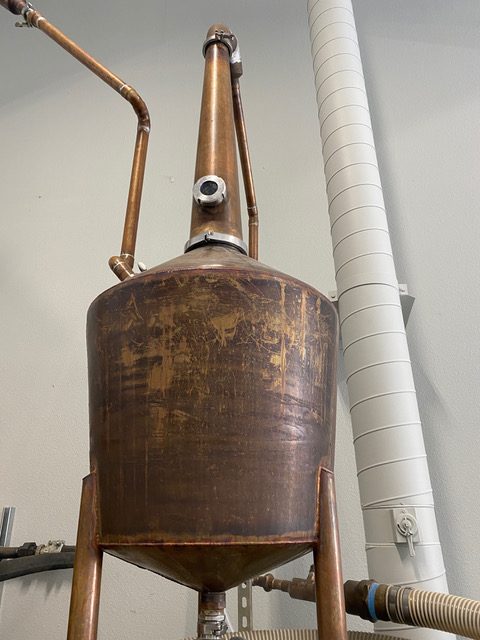
Myers drew up his design and took it to Western Steel to map out the plans into a CAD program and cut the pattern out. The copper for the still came from a set of seven photogravure plates saved from a gallery show back in New York. Myers curved the copper with a roller, then hired a local welder to assemble the still. The result was a 45-gallon gallon copper pot. If you look closely, you can still make out the images of the smokestacks he photographed on 12th Avenue in New York. Myers then converted a 5-gallon barrel into a thump keg and tuned a 55-gallon drum into a corn cooker to make bourbon, which was heated by a home steam shower unit. It was rustic, to be sure, but on September 11, 2011, ten years to the day after hearing the crunch of that plane hitting the Tower, 291 Colorado Whiskey was born.
One year later, Meyer’s sent some of the first aged whiskey pulled from the still to critic Jim Murray, whose Whiskey Bible has been among the most significant collection of reviews in the industry. Unlike the spirits competition circuit, which Myer’s couldn’t yet afford to enter, you don’t pay Murray. Just send the spirit and run the risk of a negative review. Myers was stunned when his 291 Colorado Rye was awarded 94/100 points: liquid gold. A year later, 291’s Bad Guy Colorado Whiskey scored 95.5 (Murray’s highest score ever was 97.5.).
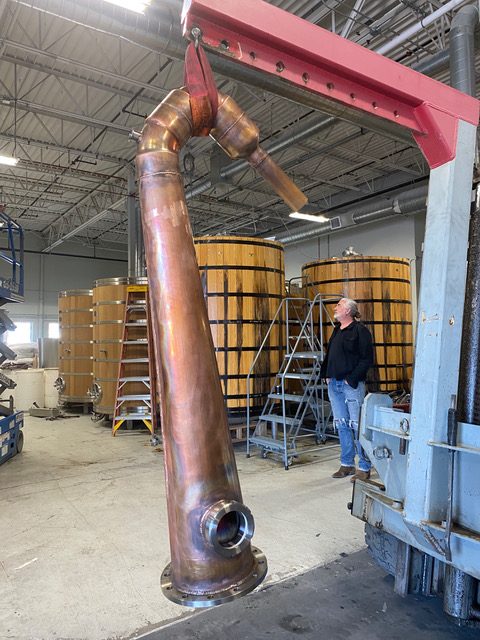
In 2013, Mike Bristol announced he was moving into a larger space and offered Myers to rent the former brewery. Virtually overnight, Distillery 291 went from a 300-square-foot room to 6,800. Equipment was added to keep up with demand, and production jumped from 60-gallons per month to 240 per week. Six years, 39 states, and dozens of medals later, it was time for a third expansion. In January 2021, 291 Colorado Whiskey took possession of a 12,000 square foot space, which by September, Myers expects to be producing 1,000 gallons of whiskey per week. 291 Colorado Whiskey is not only a success story, it’s a legit force in the industry and sits as a leading example of what Colorado whiskey is all about.
“It’s been an amazing, special journey,” Myers reflects on that spring day, in his new location, fresh off the heels of a prestigious award from the whiskey community. “Even in that 300-square-foot space, it was like magic. The greatest thing about this business is the people. This community has been incredibly helpful and gracious, and fun to be around. After living in the cutthroat fashion world, the whiskey community is such a pleasure.”
Michael Myers was having a perfect day when we caught up one early spring morning in Colorado Springs.
It was the day the entrepreneur began cooking mash in a brand new 12,000 square foot distillery, marking his whiskey distillery’s third expansion in 10 years. To make a great day better, Myer’s 291 E Colorado Whiskey (Batch #7, Wheat mash) just bested the category at the World Whiskies Awards. But finding his way here required a massive reinvention of self, one that transformed this former jet-setting photographer’s life.
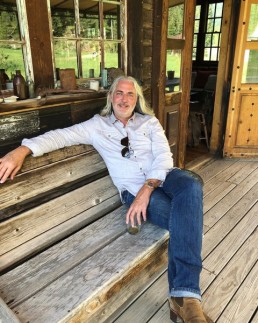
Michael Myers was fifteen years old when his Mom bought him his first camera. The teen’s earliest portraits were mainly of the cows and horses who lived on the 70 acre Georgia farm on which he was raised on. After high school, Myers studied photography at Savannah College of Art and Design (SCAD), dorm room 291. Myers’ number was prophetic since legendary photographer Alfred Stieglitz created the first known fine-art photo gallery, named Gallery 291, in 1907. Upon graduation, Myers moved to Los Angeles, living with his Mom and stepdad for five years, where he built a network of clients and honed his photography style. He caught a break when he picked up an assignment to shoot a young actress named Angelina Jolie, which parlayed into gigs snapping Jada Pinkett (Smith) and the Olsen twins. Coveted commercial fashion and beauty assignments soon followed. Myers was on his way.
During this time, Myers met his future wife, Erin, whose fashion career required the couple to relocate to New York City, a hot market for photographers. Michael and Erin moved in 1993 and married during a blizzard on top of the Empire State Building. Eight years later, Myers and his family (they had two boys) lived in Tribeca on Warren Street and the West Side Highway in a 25th floor, south facing apartment.
The Myers were walking their son to school on that picture-perfect day, September 11, 2001, when the first plane careened into Tower One. He watched the carnage from the corner of Greenwich & Duane.
“It was a crazy, fucked up day,” Myers remembers as he rehashed the moment. “Our view pointed right at the Towers, and at that moment, we knew life would never be the same.”
Myers and his family headed to Colorado Springs near Erin’s parents’ with nowhere else to turn. For close to a decade, Myers bounced between New York and Colorado, but eventually, the pace became unsustainable. Something needed to change.
In 2010, while flying back from a photoshoot for Vanity Fair, Michael came across an article in the New York Times about entrepreneur Steven Grasse, an inventor of Hendrix Gin and Sailor Jerry Spiced Rum. What piqued Myers’ interest about Grasse’s story was he came from a marketing background, not distilling. Myers was also aware of the trending craft spirits scene popping up all over Colorado. A lightbulb went off. He would make whiskey. Myers contacted his friend, Mike Bristol, founder of Bristol Brewing Company in Colorado Springs, who told him he would help him brew mash for fermentation. Myers knew he had the marketing chops to launch a brand, and now he had the keys to ferment. He was halfway there. As for distillation? He’d figure it out.
291’s first location was a tiny space in the basement of a property owned by Bristol, which Myers paid for by photographing, shooting, and designing the brewery’s marketing materials. He hit his first significant snag after contacting Vendome Copper & Brass Works in Louisville, Kentucky, who charged $50K for a tiny, 50-gallon still. Myers didn’t have money for a Vendome or anything close, for that matter. Undeterred, he decided to build a still himself.
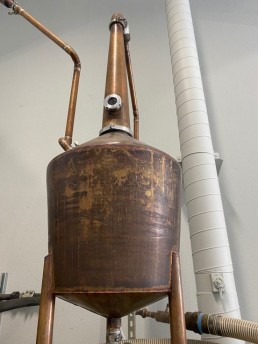
Myers drew up his design and took it to Western Steel to map out the plans into a CAD program and cut the pattern out. The copper for the still came from a set of seven photogravure plates saved from a gallery show back in New York. Myers curved the copper with a roller, then hired a local welder to assemble the still. The result was a 45-gallon gallon copper pot. If you look closely, you can still make out the images of the smokestacks he photographed on 12th Avenue in New York. Myers then converted a 5-gallon barrel into a thump keg and tuned a 55-gallon drum into a corn cooker to make bourbon, which was heated by a home steam shower unit. It was rustic, to be sure, but on September 11, 2011, ten years to the day after hearing the crunch of that plane hitting the Tower, 291 Colorado Whiskey was born.
One year later, Meyer’s sent some of the first aged whiskey pulled from the still to critic Jim Murray, whose Whiskey Bible has been among the most significant collection of reviews in the industry. Unlike the spirits competition circuit, which Myer’s couldn’t yet afford to enter, you don’t pay Murray. Just send the spirit and run the risk of a negative review. Myers was stunned when his 291 Colorado Rye was awarded 94/100 points: liquid gold. A year later, 291’s Bad Guy Colorado Whiskey scored 95.5 (Murray’s highest score ever was 97.5.).
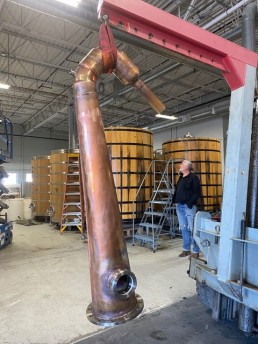
In 2013, Mike Bristol announced he was moving into a larger space and offered Myers to rent the former brewery. Virtually overnight, Distillery 291 went from a 300-square-foot room to 6,800. Equipment was added to keep up with demand, and production jumped from 60-gallons per month to 240 per week. Six years, 39 states, and dozens of medals later, it was time for a third expansion. In January 2021, 291 Colorado Whiskey took possession of a 12,000 square foot space, which by September, Myers expects to be producing 1,000 gallons of whiskey per week. 291 Colorado Whiskey is not only a success story, it’s a legit force in the industry and sits as a leading example of what Colorado whiskey is all about.
“It’s been an amazing, special journey,” Myers reflects on that spring day, in his new location, fresh off the heels of a prestigious award from the whiskey community. “Even in that 300-square-foot space, it was like magic. The greatest thing about this business is the people. This community has been incredibly helpful and gracious, and fun to be around. After living in the cutthroat fashion world, the whiskey community is such a pleasure.”
“The greatest thing about this business is the people. This community has been incredibly helpful and gracious, and fun to be around. After living in the cutthroat fashion world, the whiskey community is such a pleasure.”
— Michael Myers, founder Distillery 291
John McCarthy is a spirit, travel, and lifestyle journalist, managing editor, and author of The Modern Gentleman.
